The art of losing control....and loving it!
“Art is coming face to face with yourself.”
— Jackson Pollock—
It’s 3:00 a.m. and I’m wide awake, AGAIN! I’ve been experiencing interrupted sleep a lot lately. I’ll be sound asleep, then my eyes will suddenly open, and just like that, I’m awake. It happens around the same time every morning. I don’t know why I can’t sleep. It is what it is, so I make the best of it. I’ll read on my iPhone, but sometimes the light wakes my husband, and he’ll ask me why I’m up so early. I’ll say, “I don’t know, I just woke up, and now I can’t turn my brain off.” I guess I’m not bothering him too much, because soon I’ll hear him snoring, and I’ll still be wide awake staring into the darkness. During this quiet time my brain is sending me tons of messages all at once, but I can only process a tiny bit at a time, so I’ll let them come without thinking about them too much. Sometimes ideas surface that my mind will find interesting and I’ll decide to pursue further. I may turn an idea into a painting, or write a story from one, and when I do, my creative process begins. As I’m developing my project, I go through periods of indecision, questioning my creativity, searching for artistic solutions and sometimes scrapping what I’ve begun and starting over because I think it’s a mess. When this happens, I’ll practice the “art of losing control,” (Jules Evans writes about this as a way of finding ecstasy in his book The Art of Losing Control), and say “YES” to mess.
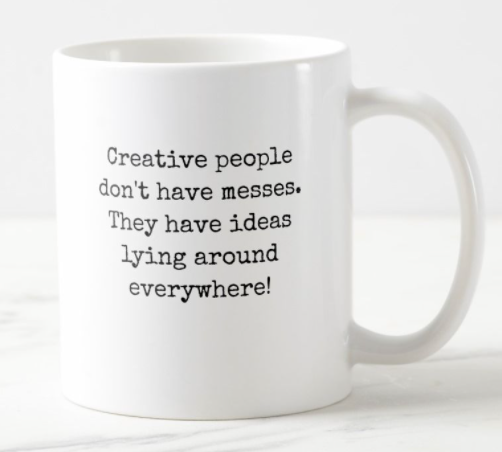
I’ll find ideas for my paintings while hiking in the desert, or walking around my yard, like this Purple Lilac Vine painting (shown in below images) that I painted of a beautiful blooming plant growing over an iron gate. To start a painting, I’ll refer to a photograph I’ve taken that best represents my idea and use it to draw a compositional sketch. These sketches help me make decisions about where I want to place objects, how I want their shapes to look, where I think my dark and light values should be and what my color scheme will be. They can sometimes seem like a waste of time because I like to be spontaneous when I paint—mixing up new colors and then brushing them onto the canvas quickly, without too much thought, so my painting’s style stays fresh and loose. But, after I go through the lengthy process of finishing my work, I look back at those silly sketches and realize how helpful they were.
When I write a story, my creative process is similar to the steps I take to paint, but it’s less physical and more personal, like writing about my chaotic creative process as the focus of this story. First, I’ll choose an idea that I’m passionate about. Then I’ll type out a rough, first draft (my sketch) and put my thoughts down fast without editing. I’ll refine it later, often looking back at my story’s original “sketch,” and re-using some of its content.
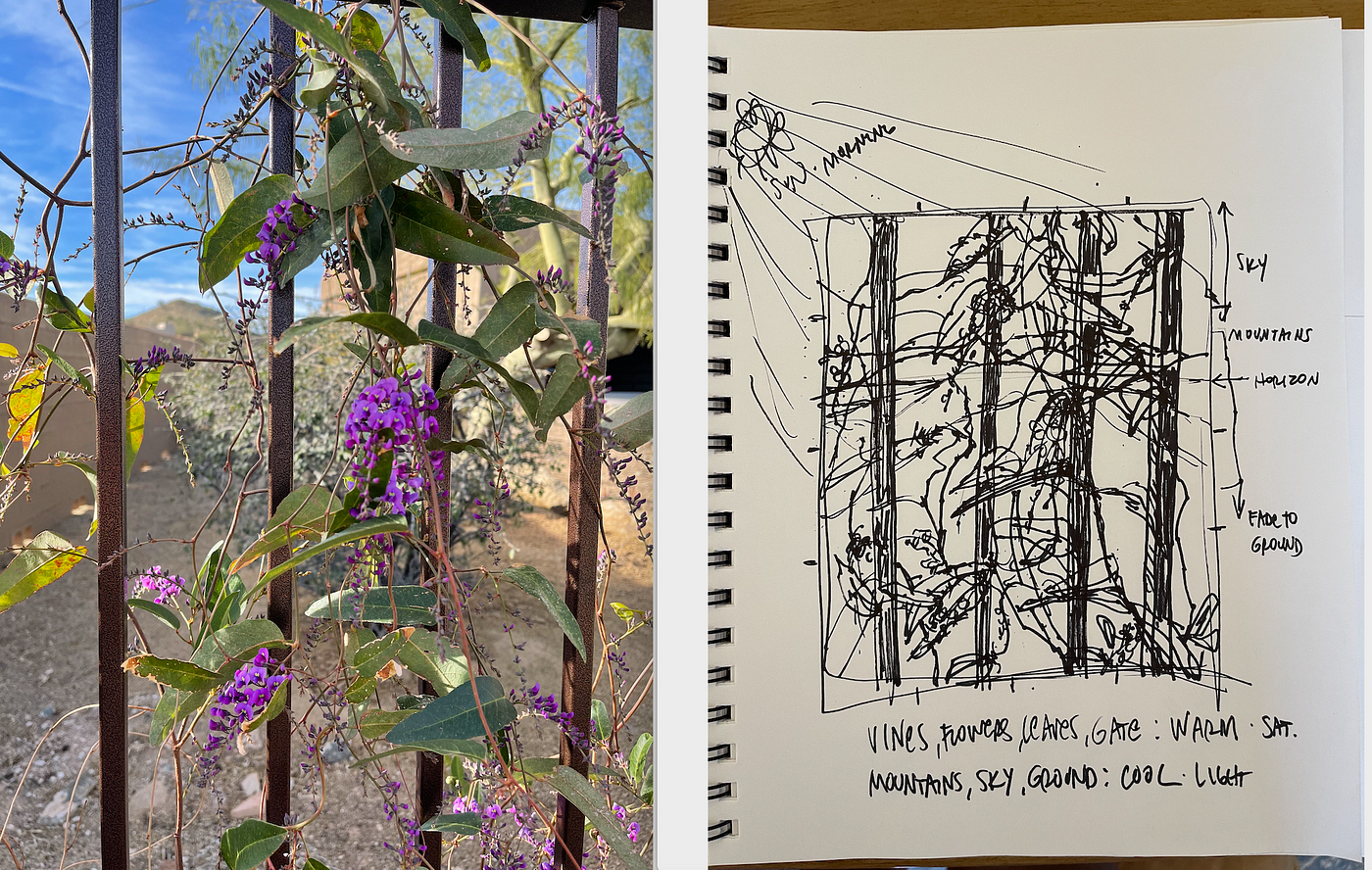
“Do anything, but let it produce joy.”
—Walt Whitman—
Once my sketches are done, it’s time for me to get prepared and do the work I’ll need done in order to complete my projects. I might need to buy extra tubes of paint, new brushes or a different-sized canvas. Before I begin to paint with color, I’ll prime my canvas using coats of white “glue-like” gesso, which will give my paints a smooth, non-absorbent surface to sit on. Then, I’ll “ground” my canvas using a wide brush to spread a thin layer of a warm or cool colored paint onto it, which will serve as my painting’s underlayer.
To prepare to finish a story I’ve been developing, I’ll continue refining it, repeatedly rereading and editing it, to help clarify my idea. If my story doesn’t seem to have a strong focus, I’ll find new words, rewrite sentences or rearrange entire paragraphs, until it flows well and makes sense to me.
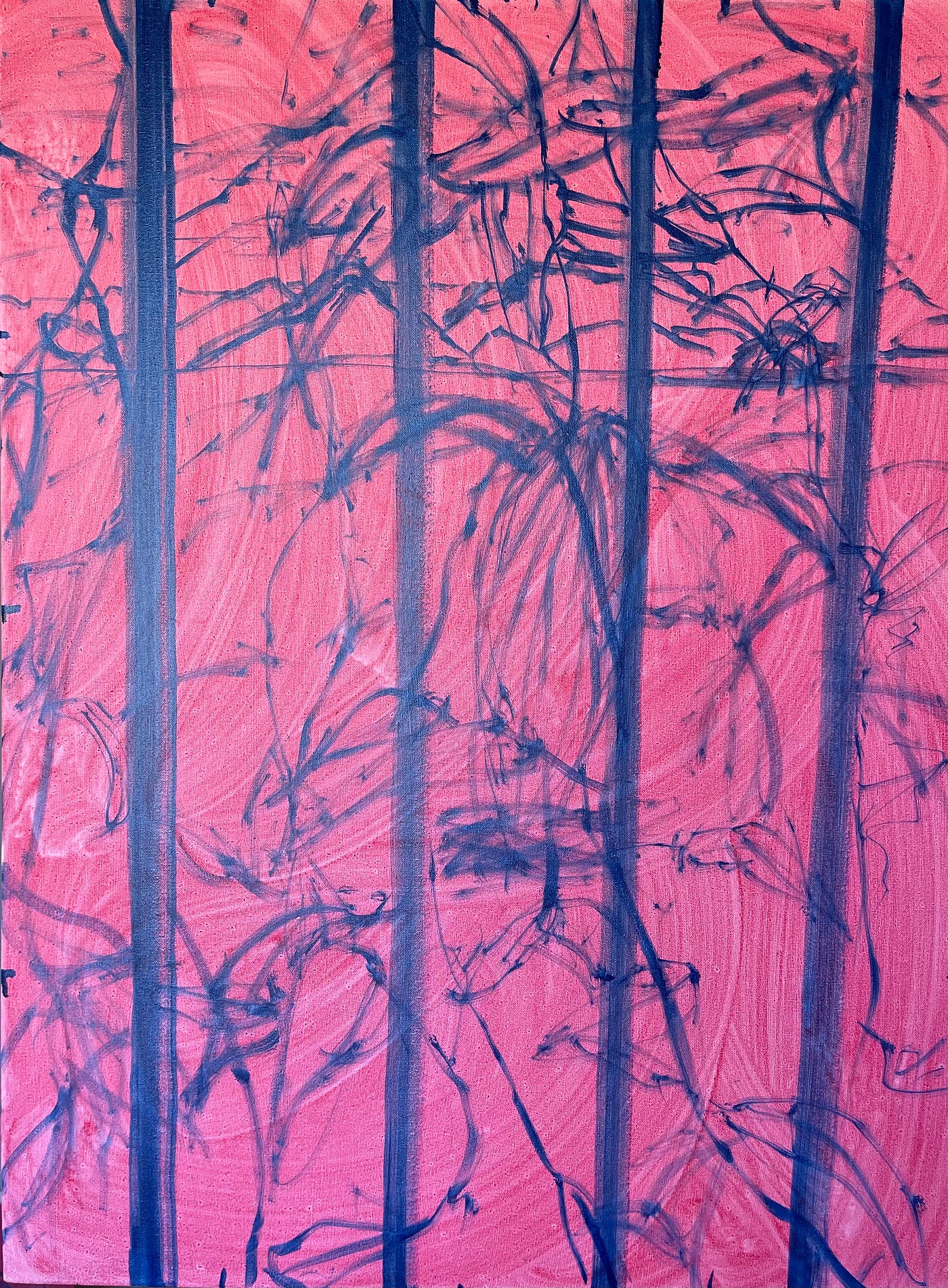
“Chaos is a friend of mine.”
—Bob Dylan—
Now I’m ready for color! I love this part of my art process—the squishy feeling between my fingers when I’m squeezing tubes of oil-paint on my shiny, clean palette, creating beautiful colors with it, and making a variety of lines and shapes with swift brush-strokes against my canvas. I have a tendency to go overboard when I’m mixing paints, so much so, that my mind can fall into a trance-like state, as I get lost in a world of color. This leads to bad results. Because, before I realize it, I’ve brushed on too much paint, and created a wet mess of muddy looking colors. Yuck! So, I tell myself to slow down, relax and enjoy the process.
Bringing color into my stories is enjoyable for me, too. I’ll search through my personal photos, finding relevant images that will complement my words, like pictures of my finished paintings, or photos of family and friends that spark happy memories. Writing stories is also hard work and can make me feel frustrated. This happens when I can’t find the right words to express my thoughts, take long periods of time getting my sentences to flow seamlessly, and miss grammatical errors while proofreading that should have been corrected. Needless to say, I can have a lot of mental ups and downs during my creative process. But, I don’t give up!
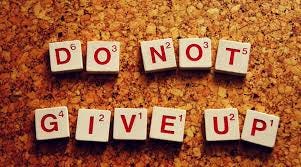
“Don’t give up before the miracles happen.”
—Fannie Flagg—
When I paint, or write, I never really know how things will turn out. Sometimes I nail it and think, “Hey, that is awesome.” Other times I struggle, like when I spend all day painting, and then stand back and look at it, and say, “Hey, that looks terrible.” Or I’ll write for hours, feeling great about what I’ve written, and when I reread it, I think it sucks. When my ideas aren’t coming together well, I’ll doubt myself and my talents. Then, my brain starts to act chaotic and sends me too many “how to fix-it” messages. To deal with them, I’ll let them flow—acknowledging that they’re there, but won’t listen too closely. This is how I experience the art of losing control. It’s like practicing meditation, but without sitting crossed-legged, which for me can be very uncomfortable. Instead, I’ll take a few days off from painting or writing to clear my head. I’ll play my favorite music, take a walk, or a hike to re-ground myself and get lost in my thoughts. Eventually a new idea will bubble up and it will be the creative solution I was struggling to find. Then I’ll return to my projects with a fresh perspective, trust my instincts, and remind myself to just be me.
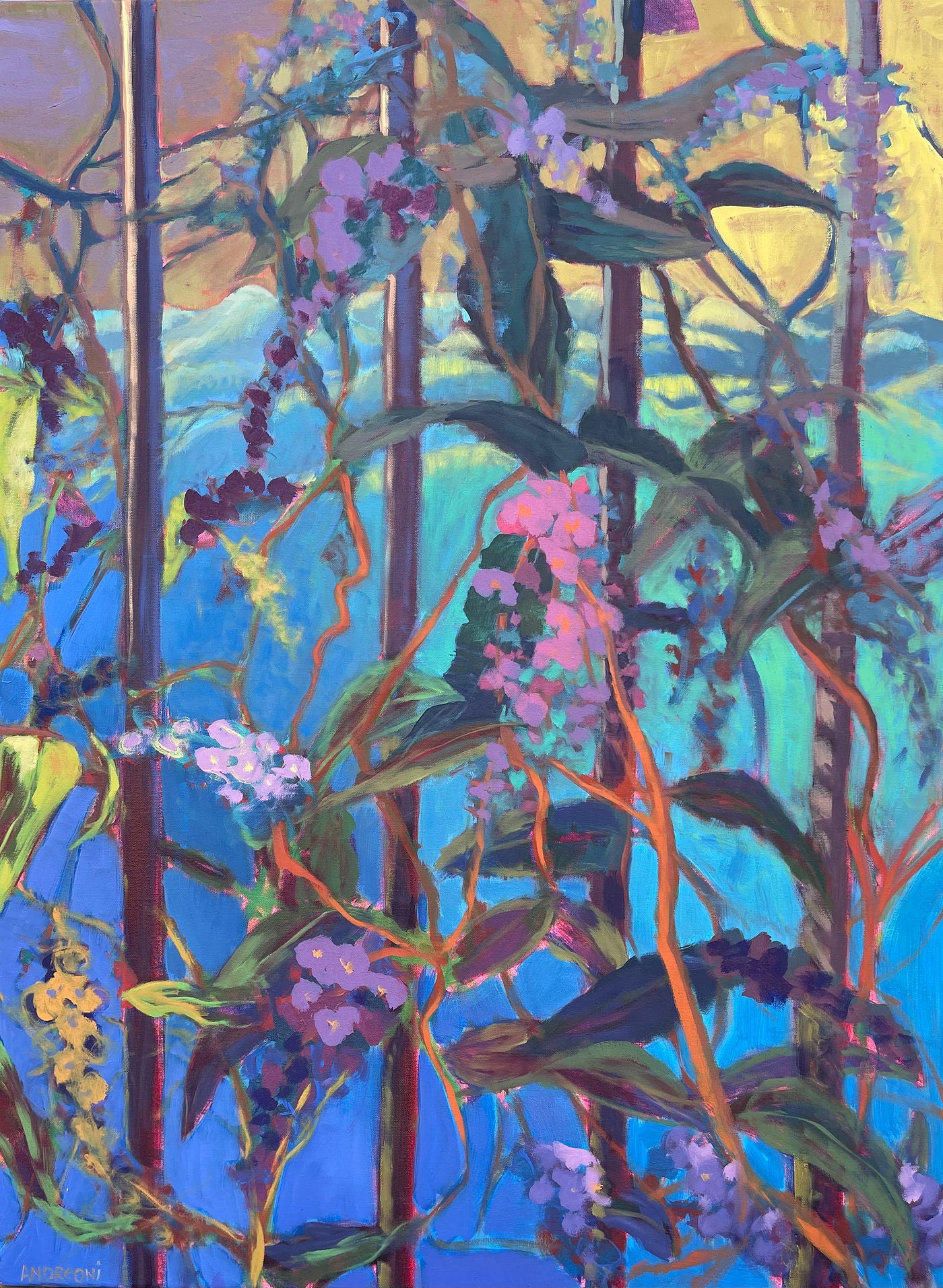
“In the midst of chaos, lies creativity.”
Going through, (what feels like an emotional roller-coaster at times), is a frenetic way to make art, but, it’s also exciting and gets me re-charged to finish my projects. I’ll know my painting is finished when I feel like it’s portraying my original vision. And I’ll decide my stories are done, when the words I’ve written feel personal and reflect my life experiences, like this story does. Try finding your own ideas. You don’t have to be an artist, like me. Find your own passions, and choose an idea to develop from there. Sketch it out. Get prepared. Do the work. And finish it. You’ll find that all those fresh ideas will get you excited, too; (and make you feel crazy.) Say “YES” to all that messiness. Be creative. Have fun. Feel frustrated. Embrace the chaos. Soon you’ll be experiencing the art of losing control—and loving it!
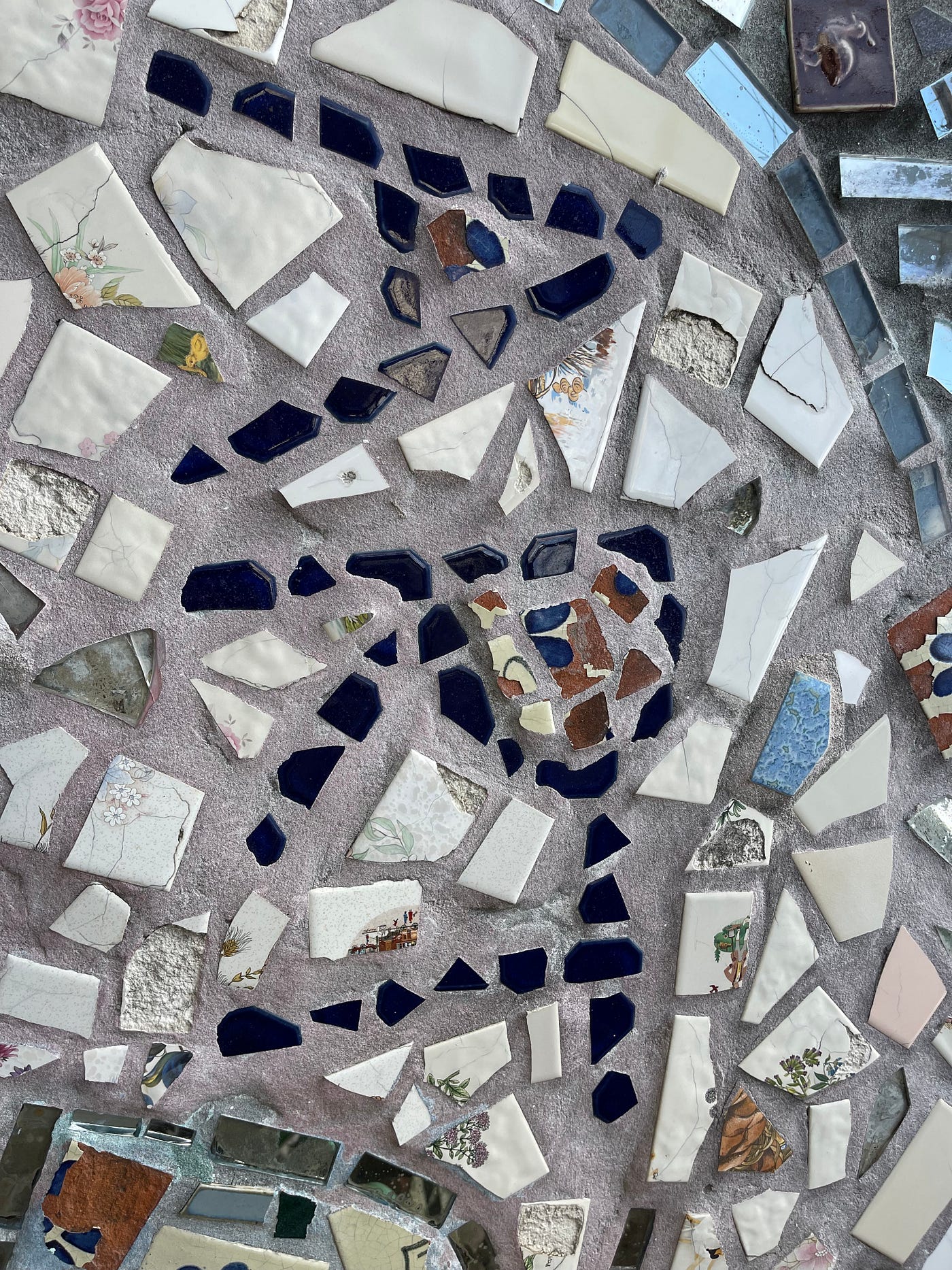
“There is a fascinating chaos to life; but there is always a message in the mess … always.”
— Steve Maraboli—

